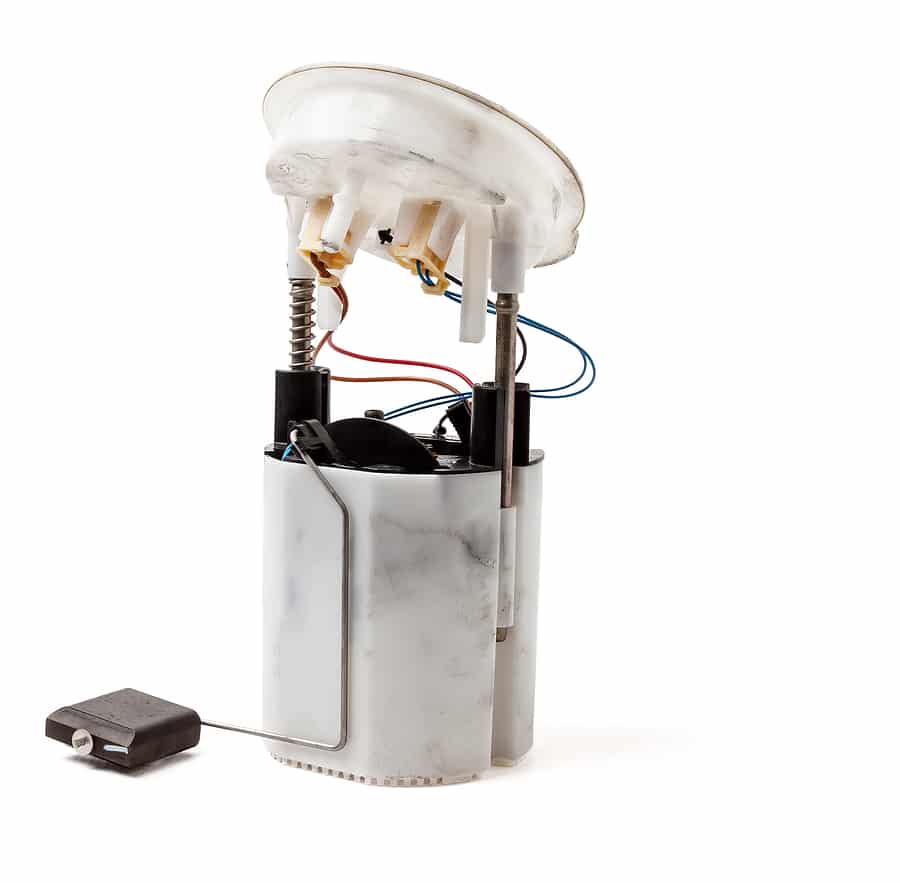
Has your car been bucking as you drive on the open road? When you put the key in the ignition, does your engine simply crank and turn over, but fail to start? If this is the case then the likely offender in the frame is the fuel pump. This part is used to supply fuel at pressure into the engine, driving the combustion process. An ineffective fuel pump means that your car is not getting the feed of fuel it needs to run properly. Like all parts this is prone to fatigue and will fail around the 100,000 mile mark.
1. Locate the Fuel Pump
Your car’s fuel pump should be located in the fuel tank. You’ll need to turn your car’s ignition on to check whether or not the part is working. If you hear a humming for around two to three seconds then the pump is working. If the pump does not make a sound, then the next stage is to check the electrical workings of your car to ensure its getting the right power.
2. Check the Fuse
It may be the case that your part is not faulty and you’re actually looking at a blown fuse. If you do find that this is the case, use an ammeter to check the load bearing capacity of the circuit and check that this is within the limits set out in your owner’s manual. Replace any blown fuse, and reconnect the fuel pump to check whether the part is still not working. If there is no response from the unit, then you’ll need to replace it.
3. Getting Ready for the Change
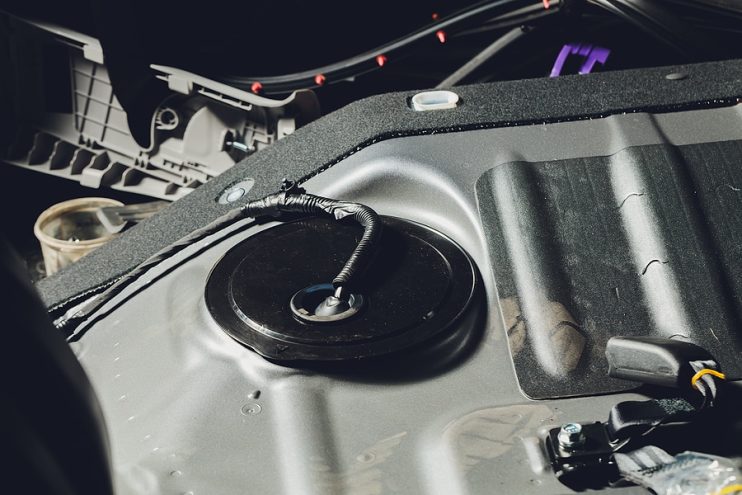
First locate the best way to reach the fuel pump. Some, but not all vehicles have access to the fuel pump underneath the rear seats so you may not need to remove the tank. Relieve the fuel system pressure and disconnect the negative battery cable. When you’ve done this, drain as much fuel as possible from the tank before removing the remaining battery cables and filler hose if you will be lowering the fuel tank. Next support the fuel tank with a jack, and if necessary a block of soft wood, such as pine, before removing any retaining straps or bolts, then lower the tank. Finally remove the fuel pump from the tank.
4. Attach the New Part
After comparing the replacement fuel pump with the old to ensure that you have the correct part, install it into the fuel tank and connect the fuel lines. Then simply reverse the process by which you removed the fuel tank from the car, taking care to gently ease it back into place. Finally reattach the battery cables and filler pipe and the job is complete.
Once you have replaced the part it’s time to take your car out on the open road and test the fuel pump. Run the car whilst it’s standing still and not in gear. Take a look under the car and make sure there is no petrol leaking or dripping from the tank
If you have used a second hand part there are some signs you should look out for to check it’s functioning correctly. If the car surges or there is a failure to engage with the proper traction then you could have a malfunctioning fuel pump, or if your vehicle is used to tow trailers or caravans then you’ll notice an irregular loss of power when the extra load is applied to the engine. A good fuel pump will ensure that your car behaves in a smooth and responsive manner when you put your foot down on the pedal.

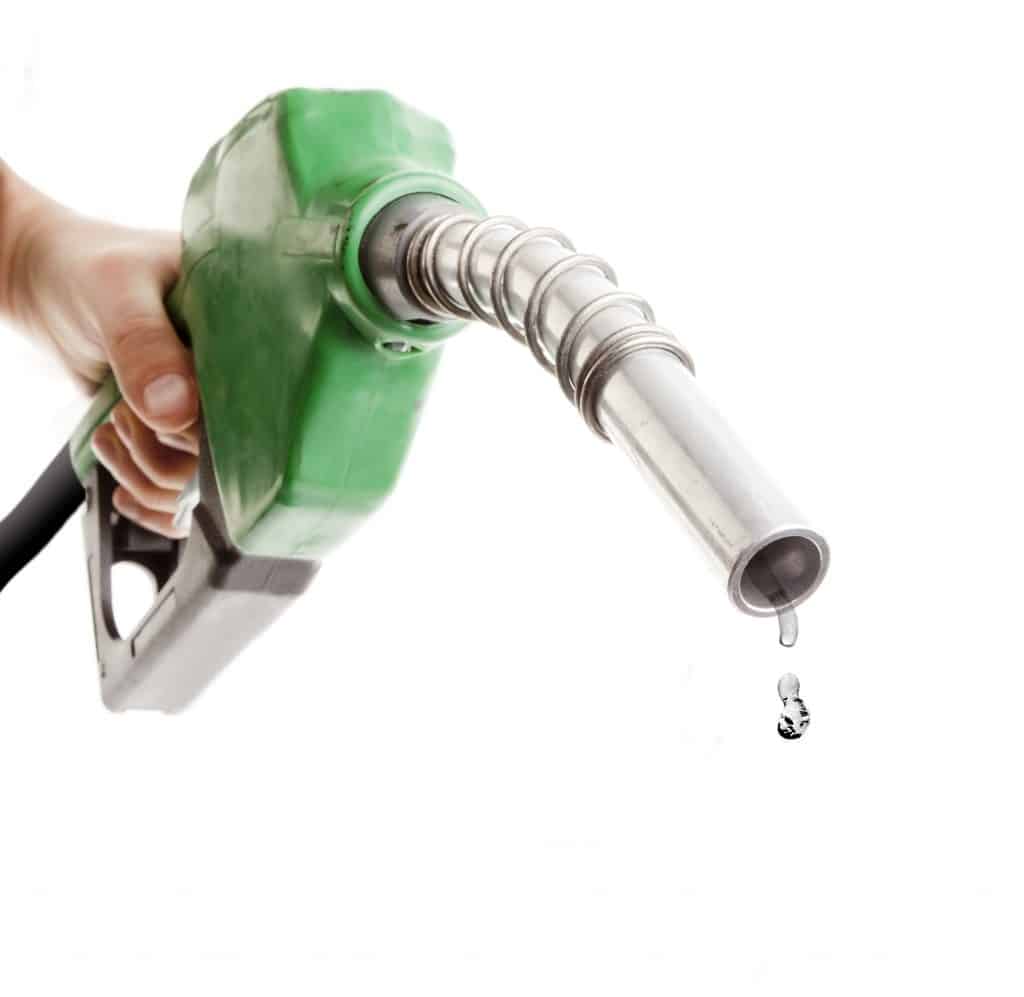
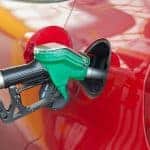
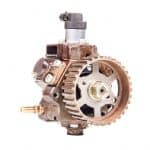
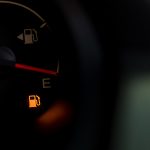
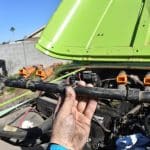
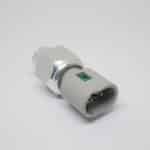
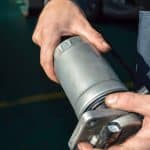
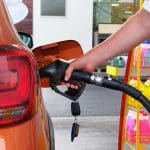

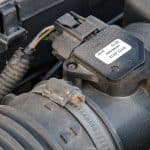
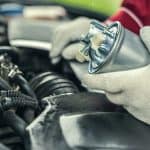
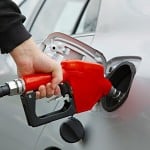
.png)